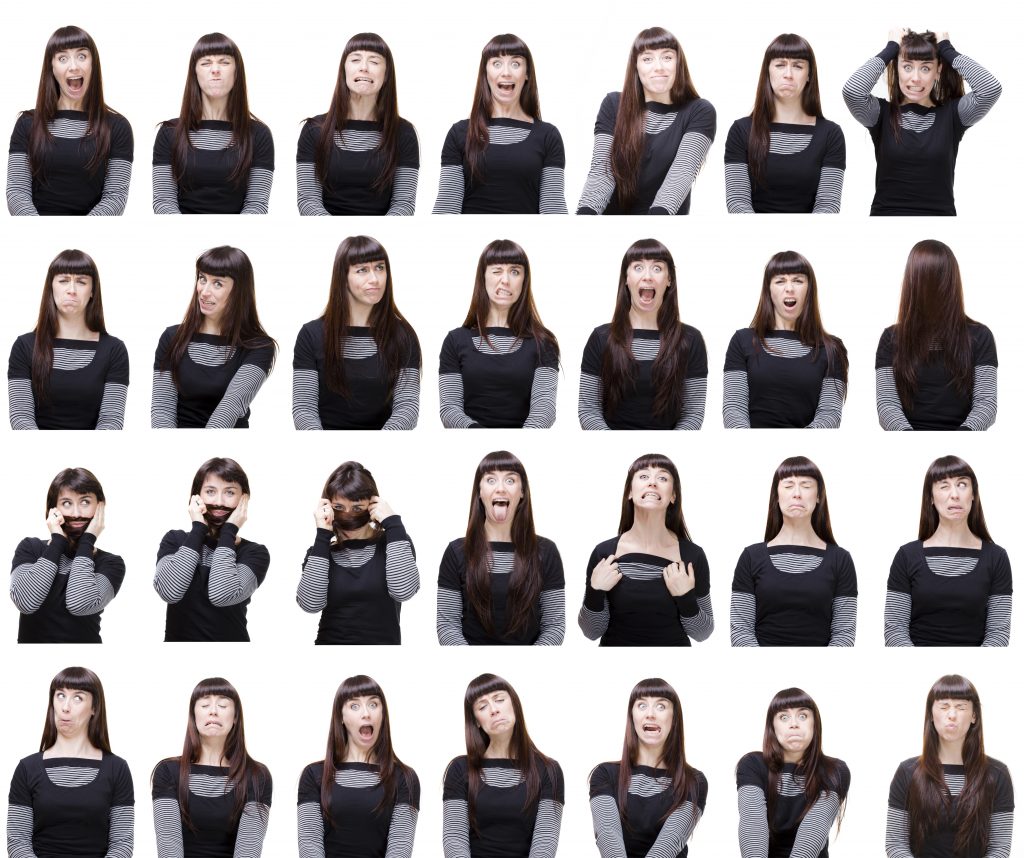 As a follower of this blog, you are probably pretty aware of universal emotions, but how do these relate to microexpressions?
As a follower of this blog, you are probably pretty aware of universal emotions, but how do these relate to microexpressions?
Some psychologists see microexpressions as undermining the case for basic emotions, but 2014 research conducted by Humintell’s Dr. David Matsumoto and Dr. Hyisung C. Hwang works to refute this misconception. By generating images showcasing subtle variations of basic emotions, they were able to demonstrate that study participants could consistently identify them as a given basic emotion.
This blog has discussed the notion of universal basic emotions at length, but this study asked whether more subtle facial expressions, such as microexpressions, are also reducible to basic emotional expressions or can showcase other distinctive expressions.
Such an investigation needed a precise definition of microexpressions as they relate to prototypical, universal expressions. While most of you know that a microexpression is a type of subtle expression, the study authors defined them as “low-intensity versions of full-face” expressions or as presenting the expression only in certain parts of the face, like the eyes, nose, or mouth.
In order to test this phenomenon, they derived certain facial features from universal expressions which were considered crucial to the recognition of that emotion. Then, they took faces that demonstrated basic emotions and modified them to only show some of those features.
These images were then displayed to a series of university students who were asked to examine images of those emotions which alternated between a face giving a neutral expression, a quick, one second image of that face with a subtle emotion, and then the neutral expression again. Participants were asked to identify the emotion being displayed.
Perhaps surprisingly, they found that the participants were pretty accurate in identifying the expressions, with an average 59 percent success rate across each emotion! While this may make you think that reading microexpressions is just something easy that everyone can do, this conclusion would misrepresent Dr. Matsumoto’s and Dr. Hwang’s findings.
Many of these images were derived as direct correlates of the base emotion, but some images were overladen with different subtle expressions that either didn’t correlate with an emotion or correlated with many. Where these were present, judgments became predictably less accurate.
However, there are still two major takeaways from this study. First, we can naturally identify basic emotions even at the subtle level, supporting the existence of certain universal emotional expressions. Second, we all have the ability to read microexpressions, but that this can be quite difficult.
At times where an individual is actively concealing their emotion, for instance, it will be very tricky to read, but that’s part of the reason to learn more about this subject, either through similar blog posts or through Humintell’s training programs!
 Despite the universal nature of many expressions, it is pretty clear that cultural differences exist, but why?
Despite the universal nature of many expressions, it is pretty clear that cultural differences exist, but why? At Humintell, we certainly talk a lot about reading other people’s emotions, but why is this such a big deal?
At Humintell, we certainly talk a lot about reading other people’s emotions, but why is this such a big deal?